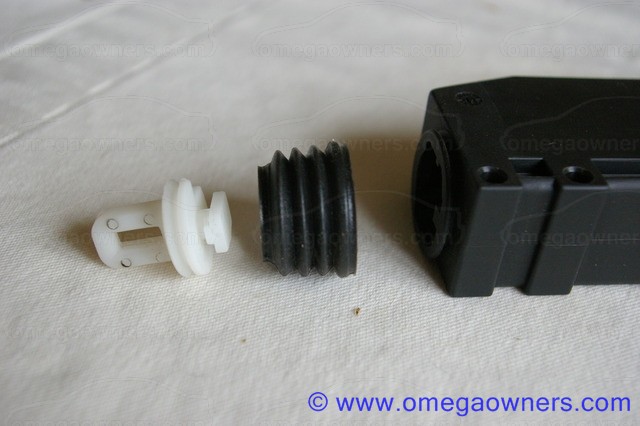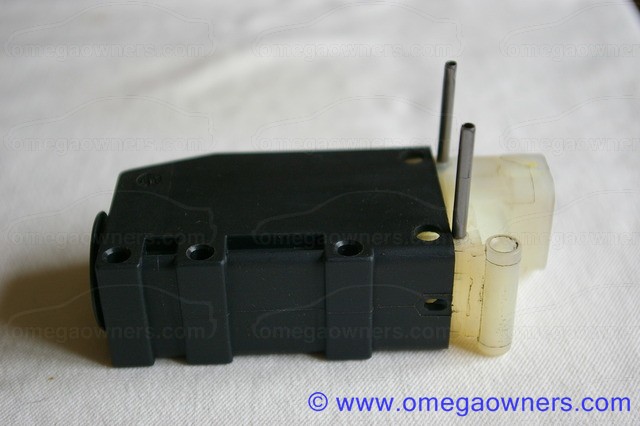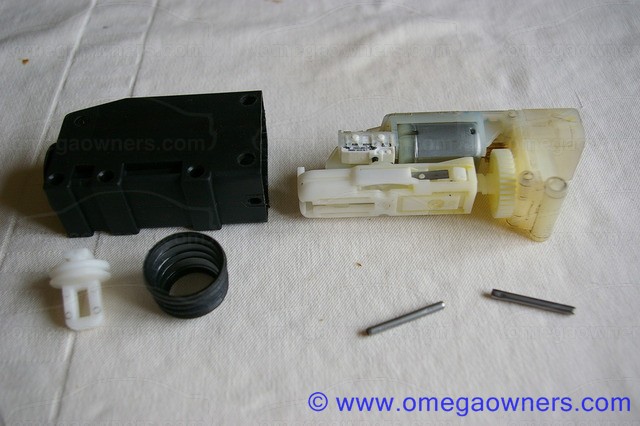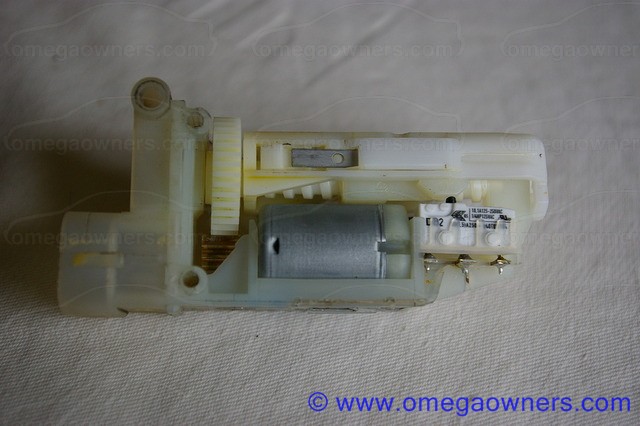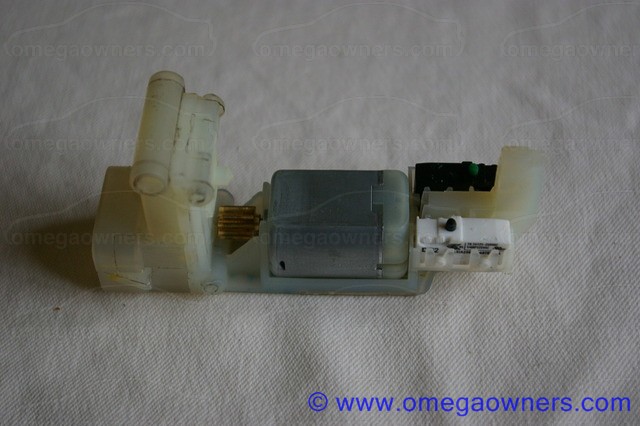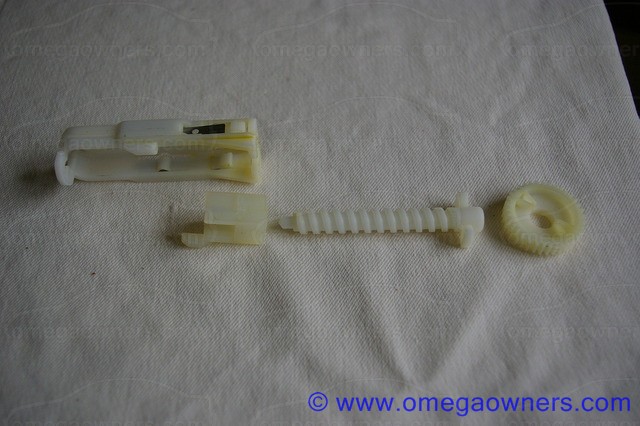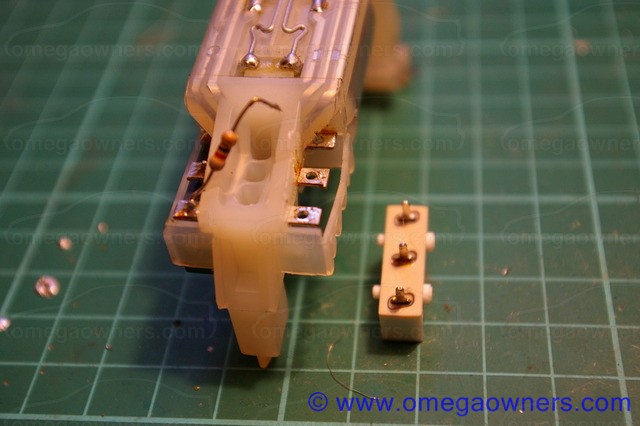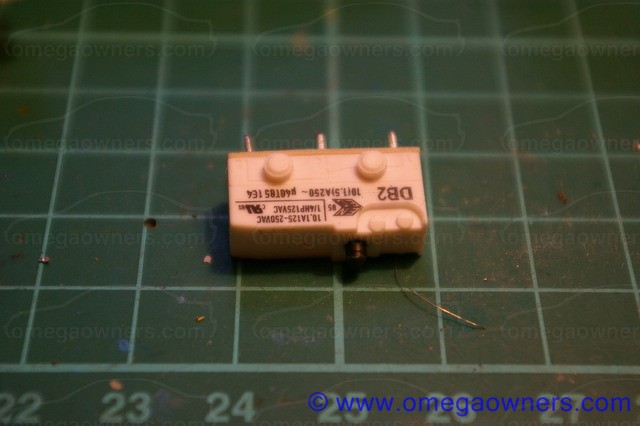Having completed installation of an LPG system, care must be taken in checking correct operation of the system and calibrating it to suit the engine before it is used.
The following is a suggested procedure for commissioning a Stag system installed in an Omega. It assumes as a starting point a completed installation which has not yet been filled with LPG and where the LPG system has not yet been powered up.
1) Check the vehicle still runs on petrol.With the vehicle completely assembled but the LPG system 12v permanent supply not yet connected (remove the fuse, for example), try to start the engine.
The engine should run exactly as it did before installation, on petrol. If there are any problems at this stage the following should be considered:
- Have all items disturbed been re-connected correctly? (hoses, electrical connections, etc)
- Could an air leak have been introduced into the induction system during removal of the manifold?
- Have the LPG nozzles been connected to the LPG injectors? (otherwise there is an air leak!)
- Have the petrol injector piggy-back connections been made correctly? (no injector signals swapped between cylinders and all injectors connected)
- Have the connections to the Petrol ECU been made to the correct pins and are the cable colour codes as expected?
If anything is wrong, back-track your work until you find the problem. If there is a problem running on petrol there's no point proceeding further with the LPG setup until it is resolved.
Now is also a good time to check for leaks in the plumbing to the vapouriser, to ensure that the vapouriser gets hot to the touch, indicating healthy coolant flow, and to top up the coolant level if required.
2) Install the diagnostic software and connect a PC.The Stag "AC Gas Synchro" software and USB driver should be installed on a laptop. It is better to download the latest version from
http://www.ac.com.pl than to rely on the CD that is supplied with the kit. Note that the software version required depends on the exact ECU model fitted.
Connect the diagnostic cable to the 4 pin connector that emerges from the Stag loom, and plug into a USB port on the laptop. Allow the driver to find the USB device.
Load "AC Gas Synchro" software.
Insert the fuse or connect the permanent 12v supply to the LPG system (there may be a small spark due to the inrush current).
Switch on the vehicle ignition and then attempt to connect to the LPG ECU using ACGasSynchro.
At this point, the latest firmware can (and should) be installed onto the LPG ECU.
3) Check the LPG controller configuration using ACGasSynchro.The ACGasSynchro software should be showing a screen similar to the following:

Note that the above shows the parameters for a Stag 300 ECU. Other variants such as the Stag 300+ and Stag 4 will have variations but the basics (which is all we're currently interested in) are the same.
Set the
Car Parameters to suit your vehicle. In all Omegas converted according to this guide, the settings shown will suit, except that the
Number of Cylinders and
Number of Cylinders for coil should be set according to the number of cylinders on the engine.
The
LPG Controller Settings shown should be a good starting point except to note that the
Calibration Parameters are automatically set during calibration and should not be edited manually.
Ensure that the
Injector Type is correctly set for your LPG injectors. The
Valtek Type 30 injectors with red coil housings normally supplied in Teilo's kits should be configured as "VALTEC/RAIL/AC 3 Ohm". Other injector types will require different settings and damage can result from an incorrect setting!
4) Start the engine on petrol and check live parameters using ACGasSynchro.Verify that the engine still starts and runs normally on petrol.
Check the live data displayed on the right hand side of the screen when ACGasSynchro is running and connected to the LPG ecu.
With a fully warmed up engine running on petrol the following typical values should be displayed:
| Parameter | Typical value |
| LPG Pressure | Not Important |
| MAP Pressure | Around 0.30 |
| Injection Time (all cyls) | Around 3 ms |
| LPG Temp | should match ambient temperature of engine bay |
| RED Temp | Should match coolant temperature |
| Lambda Voltage | Should cycle between 0 and 1v (0 and 5v for X20XEV) |
| Battery | 13-14.5 volts |
| RPM | Should match engine RPM |
If the temperature and pressure readings are incorrect it could be that the ECU is configured for the wrong type of sensors. Open the
Settings tab and check these match the sensors supplied in your kit.
Injection time should be visible for each of the cylinders in the engine. On a V6, it should be obvious that the injection time for the two banks are varying independently (for example, if the 1,3,5 bank is connected to channels 1,2&3 of the ECU, these should be showing the same duration whereas channels 4,5&6 will be slightly different). This can be useful in identifying injectors that have been cross-wired by mistake.
If the engine RPM is wildly inaccurate check the setting for
Number of Cylinders and
RPM Signal.
Make sure that any issues are resolved before proceeding further.









